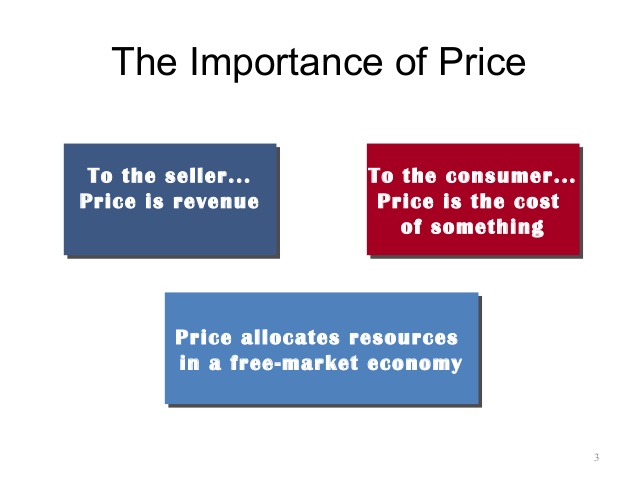student | Posted on | Education
what is the importance of pricing?
nehagoyal022@gmail.com | Posted on
Pricing plays a crucial role as a revenue driver for businesses. The price at which products or services are sold directly impacts the revenue generated by a company.If a customer believes spending their money on your product/service will provide them enough value based on their needs, they’ll be happy to make a purchase.Many consumers check price before buying goods and services when shopping online.There are aspects that customers pay the most intention to:
Affordability:
Customers frequently review price tags prior to finalizing their purchases. By establishing prices that are competitive and in line with consumer preferences and budgets, businesses can improve accessibility, broaden their clientele, and cultivate loyalty.
Perceived value and quality
The cost frequently acts as a gauge of quality in the eyes of consumers. A significant number of buyers link elevated prices with superior quality, presupposing that items or services priced at a premium deliver enhanced features, workmanship, or performance.

Also Read :- What are the different types of pricing Methods ?
0
0 Comment
| Posted on
Pricing is the process of setting a price for a product or service. It is one of the most important decisions that a business makes, as it can have a significant impact on profits, sales, and customer satisfaction.
Here are some of the reasons why pricing is important:
- Revenue generation and profitability:Price is the only element of the marketing mix that directly generates revenue. By setting the right price, businesses can maximize their revenue and profitability.
- Market demand and competition:Price is a major determinant of market demand for products and services. Businesses need to consider the prices of their competitors and the perceived value of their products and services when setting prices.
- Brand positioning:Price can also be used to position a brand in the market. For example, a high price can be used to position a brand as luxury or high-end, while a low price can be used to position a brand as affordable or budget-friendly.
- Customer satisfaction:Price is a key factor in customer satisfaction. Customers expect to pay a fair price for the products and services they purchase. If a product or service is priced too high, customers may be dissatisfied and choose to purchase from a competitor.

0
0 Comment
| Posted on
In the world of commerce, pricing stands as a pivotal element of every business model, with pricing models serving as essential tools in the determination of product or service costs.
A pricing model, in essence, provides a structured framework for businesses to calculate the cost of their offerings, translating the inherent value into a monetary figure. Such models encompass various factors, including production costs, market competition, target demographics, and perceived value.
It's crucial to distinguish between pricing models and pricing strategies. While the terms are often used interchangeably, they carry distinct meanings. A pricing model represents a specific method for determining costs, while a pricing strategy encapsulates an overarching approach to pricing, accounting for elements such as target markets, competitive landscapes, corporate objectives, operational expenditures, and profit margins.
For companies aiming to maximize profits and maintain competitiveness, a custom pricing strategy is imperative. A one-size-fits-all approach rarely suffices, as markets and consumer preferences exhibit significant variations. Custom strategies must also factor in unique business attributes, including the target market, competition, and cost structure.
When it comes to pricing new products, a McKinsey study reveals that approximately 80-90% of such products are initially underpriced. This often results from adopting incremental pricing instead of conducting a comprehensive price-benefit analysis. A proper analysis helps identify potential price barriers and the key attributes that customers are willing to pay for. In contrast, incremental pricing relies on existing products as reference points for setting new product prices.
To optimize pricing for new products, companies should consider several key factors. First, assessing competition in the market can guide an incremental pricing approach, allowing for pricing closer to the optimal level. Additionally, understanding the price ceiling, determined by factors like product benefits, market size, competitive landscape, and demand, aids in establishing a price range.
In conclusion, the art of pricing a product is often underestimated but can significantly impact a company's survival, sustainability, and overall growth strategy. It is, indeed, a game-changer in the world of business.

0
0 Comment
